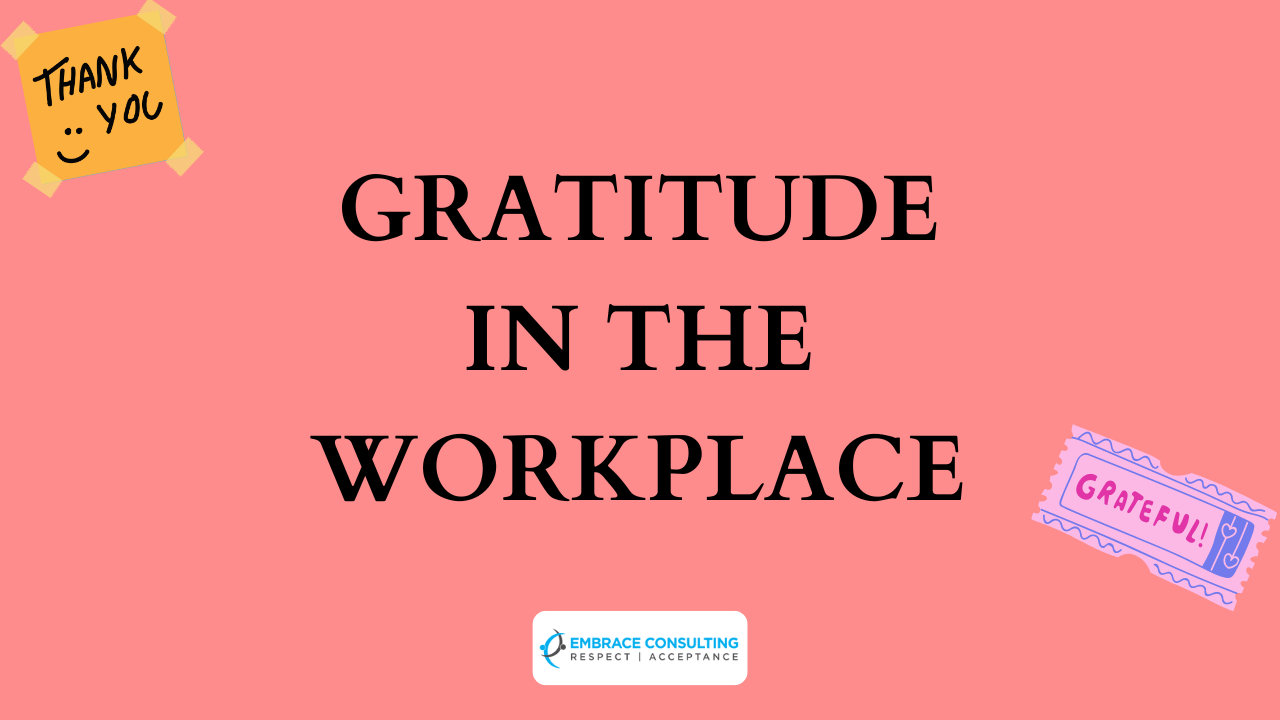A favorable emotion experienced after obtaining something of value is referred to as gratitude. Among the advantages of gratitude are an increased sense of well-being, a higher sense of self, less anxiety and despair, and improved sleep. And one study even discovered that variations in appreciation levels account for 20% of individual variations in total life satisfaction.
Even though it has powerful advantages, the expression of gratitude at work isn’t often practiced. According to research, only 15% of Americans consistently say thank you at work, compared to nearly half who do so for family members. According to the same poll, 35% of respondents claim that their managers have never praised them. The “gratitude gap” refers to this subdued expression of thanks in the workplace as opposed to other settings.
To understand why such a difference in the workplace in terms of gratitude is there. Adam Grant, a professor at the Wharton Business School, has hypothesized that this is because people are reluctant to acknowledge their need for assistance at work, and expressing gratitude would entail acknowledging that you needed assistance.
However, those that excel at being kind in the workplace can enhance the culture of the company. When leaders show greater gratitude at work, organizations may improve employee satisfaction, motivation, productivity, and retention, as well as their health and wellness. Here are a few straightforward actions that staff members can take to increase thankfulness, both at work and elsewhere.
1. Express your gratitude with a note.
According to research, one of the best ways to increase your appreciation is to write a letter thanking someone for the wonderful influence they’ve had on your life. If you’d rather, you could also send an email or SMS. Send a brief note to someone to express your gratitude for their presence in your life, your appreciation for them, and your thoughts about them.
2. Write down your thanks in a notebook or even simply a list.
Keeping a gratitude notebook might help you feel more appreciative. The journal should include the people and things you are thankful for.. According to some studies, making a brief list once a week may be more beneficial than doing it every day. Simply list three things for which you are grateful on a post-It note. Place it where you’ll see it frequently and update it once every week. Some individuals even compile their lists in a “gratitude jar.”
3. Reserve some time for introspection.
According to studies, merely thinking about all the things, big and small, for which you are grateful might increase your levels of gratitude at work and at home. These could be things like gratefulness for the chance to have your job, do the work you do, or people you value, or even just thankfulness for the opportunity to have supportive coworkers, mentors, or other relationships and the types of support you have available.
4. Make room for gratitude.
Create a space that is specifically allocated for employees to post shout-outs, compliments, and thank-you notes in person or online. Given the reality of today’s hybrid workplaces and remote teams, it could be even preferable to use a shared online platform that anybody can view, such a company intranet or internal newsletter. This can be a physical wall or whiteboard in a communal space.
5. Make time to be thankful.
You can set an example for others at work by sharing a brief expression of thankfulness at the start of team meetings or ask everyone to share something for which they are grateful. Alternately, think about allocating a specific period of time in a regularly scheduled departmental or organizational-wide meeting for acknowledgments. An excellent strategy to instill thankfulness in the workplace culture and keep staff members feeling valued and motivated is for leadership to express their gratitude in public.
6. Be thankful when something goes wrong.
When everything is going well, gratitude is simple to feel. But if you’re having a hard time, being grateful can help you even more. So, whenever you face difficulties, try to see the bright side. Even adversity can teach us valuable lessons. Being able to be genuinely appreciative even during times of hardship and change is a fantastic approach to build resilience and avoid spirals of rumination and stress, so set an example for your team by reflecting on what went wrong and drawing lessons from “heat experiences.”
Researchers assert that gratitude’s strength comes from its complexity as a social emotion. In other words, it’s a feeling that causes us to consider other people. It should come as no surprise that oxytocin, the hormone connected to social connection, has also been associated with gratitude.
Organizations need leaders who can demonstrate genuine empathy in the workplace, communicate effectively, and foster a psychologically secure environment at work more than ever in the wake of the Great Recession, which resulted in workers becoming disillusioned and quitting their jobs in record numbers. In contrast, it is challenging for leaders to forge a shared vision, inspire staff to work effectively together, and retain brilliant, committed personnel when they exhibit low levels of trust and omit gratitude.











